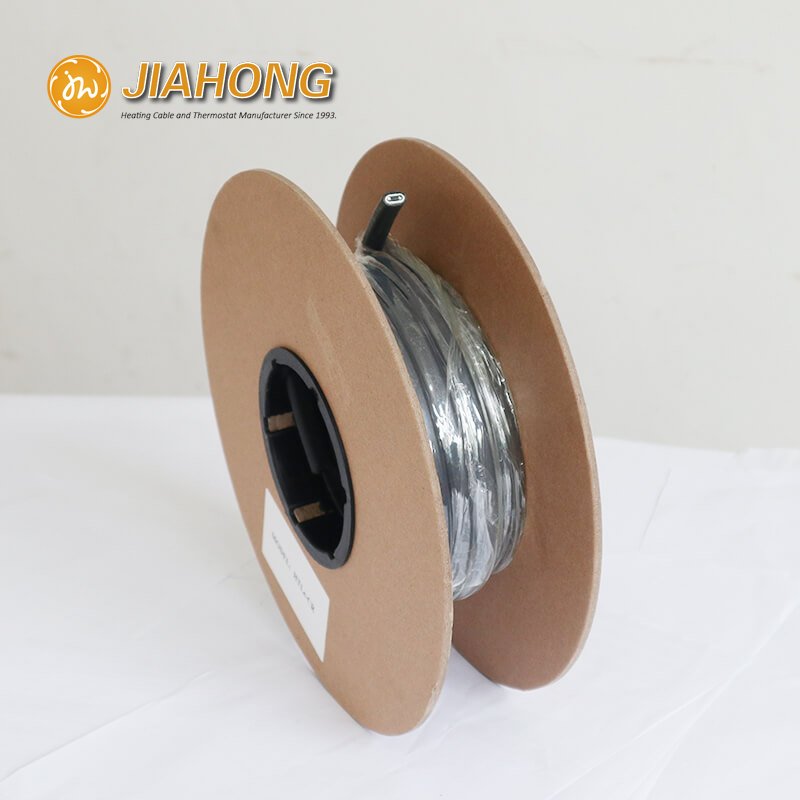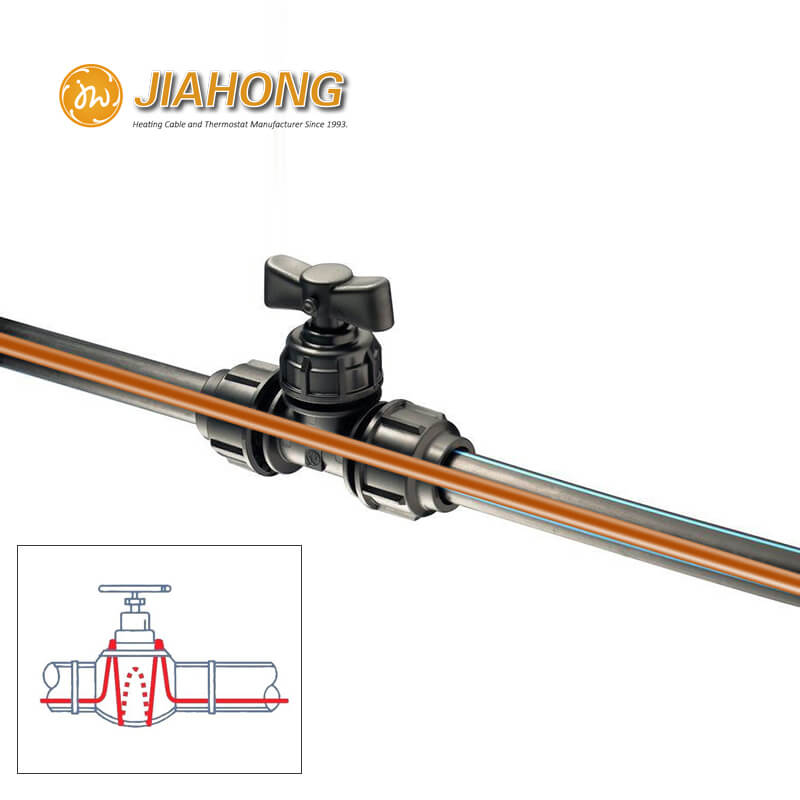Pipe heating cables are a commonly used device used to prevent pipes from freezing and bursting. This article will introduce how pipe heating cables work, discuss installation steps and precautions, and provide recommendations for proper use and maintenance to ensure their effectiveness and reliability.
working principle
Pipe heating cables convert electrical energy into thermal energy and transfer the heat to the pipe surface to prevent the pipes from freezing. It consists of two main parts: the heating element and the protective layer. Heating elements are made of electrically conductive materials, and when electricity is applied, resistive heating occurs, producing heat. The protective layer is used to isolate the heating element from the environment, providing protection and insulation.
The importance of pipe heating cables
Pipe heating cables play a vital role in preventing pipes from freezing and cracking. It effectively provides continuous heating and protects pipes from low temperatures and freezing. By properly using and maintaining duct heating cables, the cost of duct repairs and replacements can be greatly reduced.

Installation steps and precautions
Preparation: Before installation, make sure you know the type, shape, and size of the pipe. Prepare the required materials such as pipe heating cables, protective sleeves, joints and controllers.
Installation location: Select the appropriate installation location according to the characteristics of the pipe and the area that needs to be heated. Normally, pipe heating cables should be installed at the bottom and sides of the pipe to ensure full heating.
Installation steps: Follow the instructions provided by the manufacturer to correctly install the pipe heating cable. Make sure the heating element fits snugly against the surface of the pipe and is secured and insulated using protective sleeves.
Wiring and control: Connect the pipe heating cable to the controller and power supply, ensuring that the wiring is reliable and meets safety standards.
Choosing the right duct heating cable
Power requirements: Choose the appropriate power based on factors such as the length, diameter, and ambient temperature of the pipe. Generally speaking, longer pipes and lower temperature environments require higher wattage heating cables.
Length calculation: Calculate the required heating cable length based on the length and shape of the pipe. Make sure the heating element covers the entire area to be heated.
Control options: Consider using a temperature controller or smart control system to adjust heating power and operating time as needed.
In addition to providing a wide variety of heating cable products, Jiahong also focuses on providing customers with high-quality pre-sales and after-sales services. Our professional team can provide you with comprehensive technical support and solutions, and respond quickly to your inquiries and needs. In addition, the quality of our products has been widely recognized by the market and has a high reputation in the industry. When you choose Jiahong, you can get high-quality products and professional services to make your roof safe, warm and comfortable. If you have any questions or need to know more about our products and services, please feel free to contact us.
Pipe heating cables are an important piece of equipment used to prevent pipes from freezing and bursting. Proper installation, selection of appropriate power and control options, and regular inspection and maintenance ensure effectiveness and reliability. Reasonable use of pipe heating cables can not only protect the pipe system, but also save energy and reduce maintenance costs.


